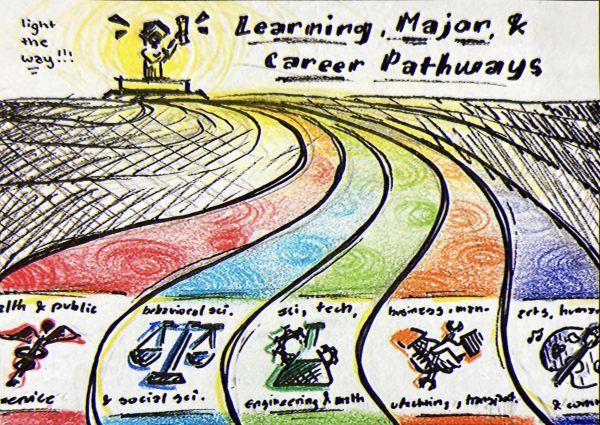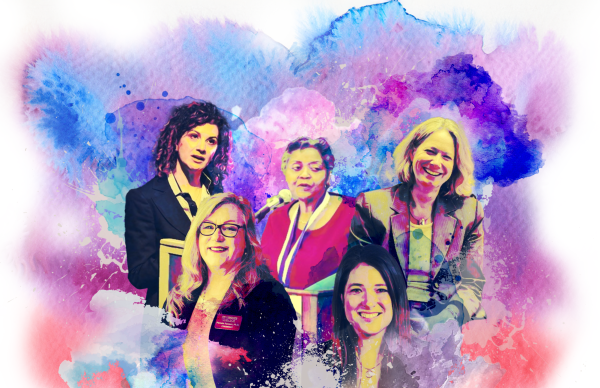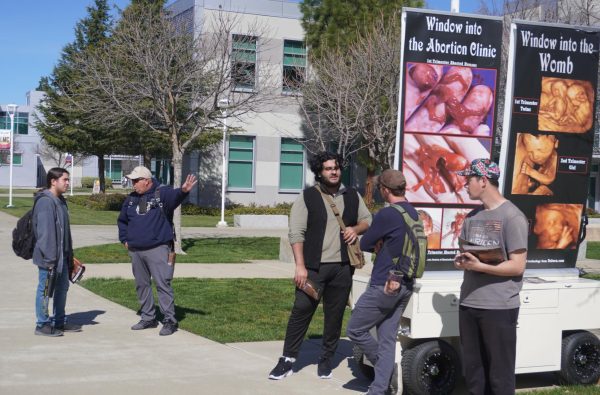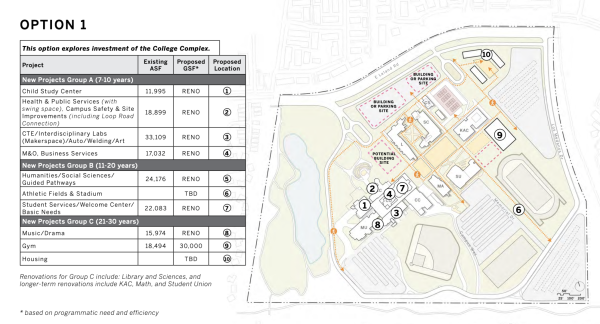Black Friday deals inflated
November 15, 2018
Black Friday has a storied place in American consumer culture. The day after giving thanks for our blessings — and increasingly on Thanksgiving Day too — Americans rush to stores for the best deals on gifts. But are they really the best deals?
“Black Friday is essentially a paush for retailers to get numbers up, it’s a marketing hype for businesses and customers,” said LMC business Professor Perry Wilkins.
In the retail industry, Black Friday is the busiest shopping day of the year and a chance for stores to go from being in the “red” to “black” to make up for losses and turn a profit. The 2017 Black Friday weekend turnout to physical stores had 77 million shoppers, according to consulting firm Proper Insights and Analytics and the National Retail Federation.
However, the real action of last year’s Black Friday weekend was online: approximately 58 million shoppers got their Black Friday products exclusively online, as opposed to 51 million shoppers exclusively shopping at physical stores. Consumers spent an average of $355.47 during the weekend period. With consumer confidence the highest since 2000 according to the Conference Board Consumer Confidence Index by Nielsen, retailers are expecting another solid turnout.
These retailers use a variety of marketing tactics to influence customers to buy their deals.
Retailers generally hope the items they can afford to sell at a loss (called “loss leaders”) will make up for it by increasing the probability customers will buy more things during their visit or in future visits. “Doorbusters,” blockbuster items intended to get customers in the door, are rare. These heavily discounted items Black Friday is famous for are in small numbers, and many retailers will indicate “limited quantities” on their advertisements for these products. If you don’t secure a spot at the front of the line, the chances aren’t good you’ll get the deal you wanted.
In-store sales, such as coupons specific to the store and time period, are a form of price discrimination.
Discrimination in this sense means that different people pay different prices for the same product. During the rest of the year, stores can target a more affluent customer base with higher prices, then reduce the prices on Black Friday to capture revenue from customers with a lower willingness to pay. Price discrimination is widely practiced in our economy, perhaps most prominently with Apple’s iPhones: the underlying hardware and software in these devices are the same, but customers with higher willingness to pay can get a device with slightly more conveniences.
Claiming the discount, however ironic, segregates customers into groups with different willingness to pay so retailers can maximize revenue from each group.
Another trick stores employ is inflated discounts. A 2016 study by NerdWallet.com found that some stores exaggerated their discounts to make them seem better to shoppers. For example, a store can increase the price of an item on Black Friday alone, and then discount it to make the price reduction seem larger. This tactic hinges on a behavioral economics concept called anchoring.
As explained by economics Nobel laureate Richard Thaler in his 2008 book “Nudge,” anchoring is fixating a person’s mind on an initial number, which becomes their reference point for making decisions. With the customers anchored on the inflated price, the discount leads them to conclude they are capturing more value with a purchase. This anchoring, combined with the perceived scarcity of discounts, influences customers to buy.
Price matching, where customers can show retailers proof of lower prices in other stores and thus get that price, is also often suspended on Black Friday. Both Walmart and Target had policies that temporarily did away with price matching over the Black Friday weekend, according to NerdWallet.com. Ultimately, this leaves it up to the consumer to judge where the best values are.
“Black Friday has some good deals, but there are better deals in the rest of the year,” said Wilkins.
The key to capturing the most value on Black Friday, retail or online, is impulse control. As you head to the stores or websites for holiday shopping, stick to your initial lists, compare prices where you can, and don’t be swayed by perceived discounts. Black Friday does offer some killer deals, but they will require some detective work on your part.











